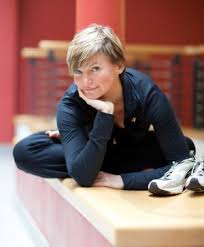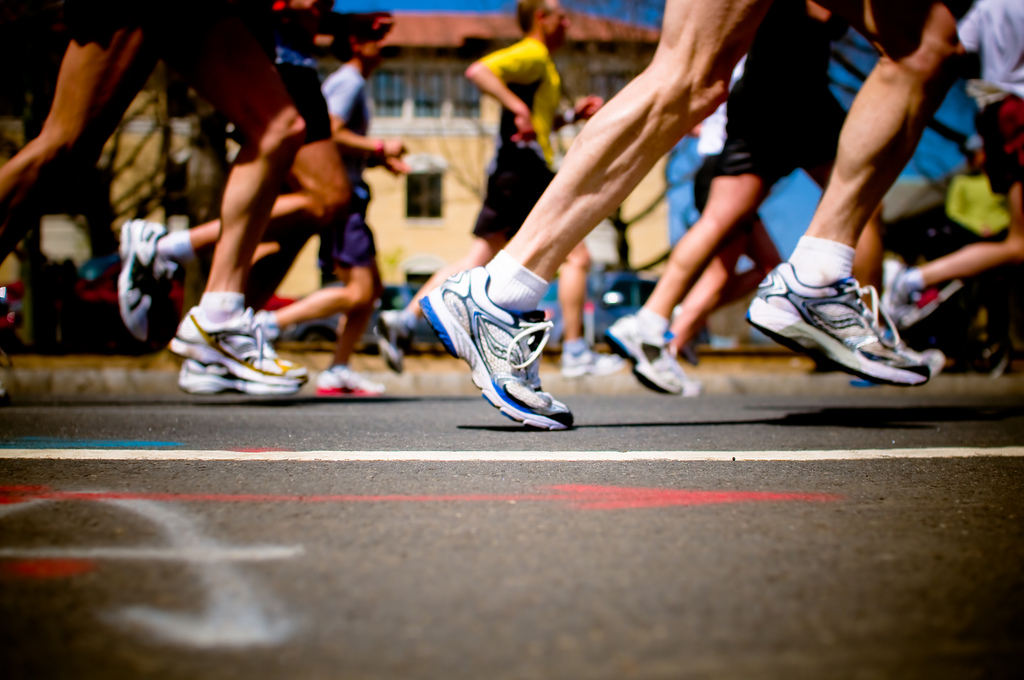Interview with Yoga Sports Expert Hayley Winter
 ayley Winter, New York based founder of Yoga Sports Science, and a member of the Camyoga Teacher Training faculty, took some time out of her busy schedule this week to answer a few quick questions about the benefits of yoga for sports people.
ayley Winter, New York based founder of Yoga Sports Science, and a member of the Camyoga Teacher Training faculty, took some time out of her busy schedule this week to answer a few quick questions about the benefits of yoga for sports people.I believe that sport-specific yoga is the new marginal gain and will be at the heart of future training for any sports person wanting to go further, faster, stronger and for longer..
Most people in sport recognise that yoga can help improve flexibility, but there are many other benefits. Some of the benefits of sports-specific yoga are:
- Prevention of Injury Introducing yoga as part of an active recovery session, or as a cool down, can help the athlete to reduce the build up of lactic acid and reduce muscle soreness, which means they feel more energised and refreshed for the next day's training or event.
- Improved Breathing Specific breathing techniques can be given to the athlete to either increase respiratory strength, or to introduce a breathing strategy which is particularly useful for long distance events. Breathing can also help athletes with their concentration, focus and with performance nerves.
- Improved Movement Efficiency Specific yoga techniques which consider the movement patterns and demands of the sport, can enable an athlete to expend less energy and become more economical in how they perform.
- Improving Awareness By helping an athlete develop an awareness of self can help them develop an awareness of others. This is particularly essential in team sports where the need for proprioceptive awareness is key. Initially for the athlete the development of self awareness begins with a sense of awareness of joint position and motion in space, through sensory feedback from the body. What occurs overtime is that the athlete starts to deepen their awareness of self and begin to explore aspects of their own nature. This opens up a whole new area of discovery for the individual, offering opportunities to integrate this level of awareness, not just into their performance, but also into their life.
Yoga can be a valuable addition to any athlete, in any sport and at any age. You are never too late to start and can begin to feel immediate benefits within both your sport and life. Communicating and delivering the benefits of yoga is both an art and a science, and the challenge in the world today is that because yoga is now widely accepted in the mainstream, yoga teachers are under more pressure to understand how and why yoga works.

Over 12 years ago when I first introduced yoga to footballers, it was mainly the older players who were trying it as a last resort to achieving longevity in their careers. But what started to happen was the older players were getting less injured and with the wisdom of their experience, matched with a renewed fitness meant that they were enjoying opportunites to demonstrate their talents. In all of the clubs I worked in, yoga was integrated into both academy and first team squads to great effect.
